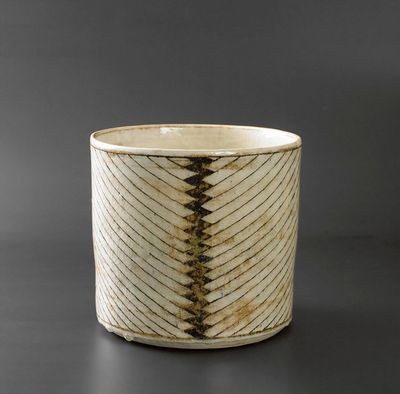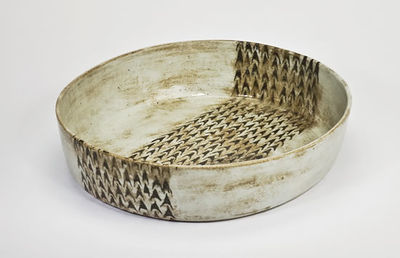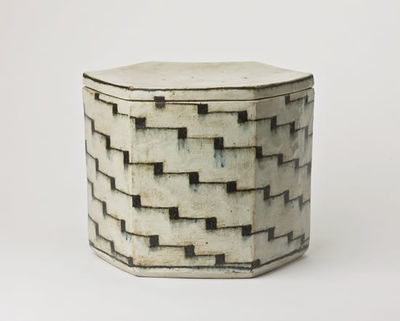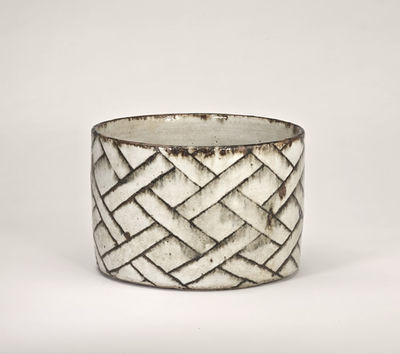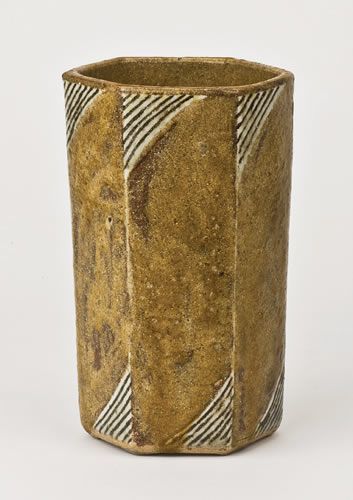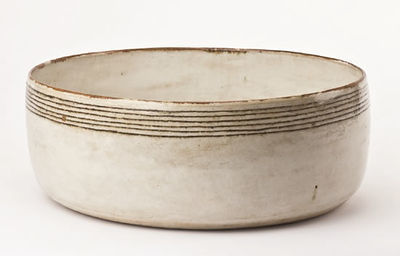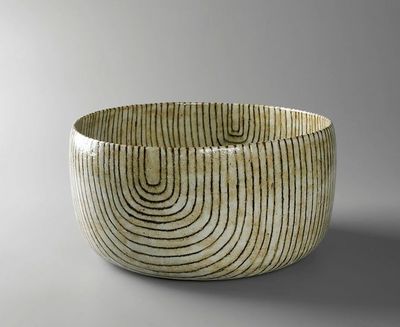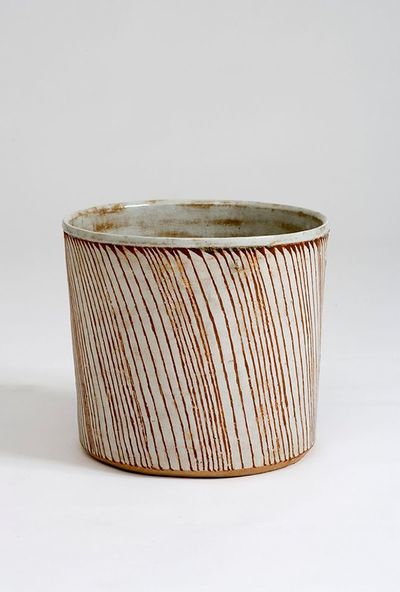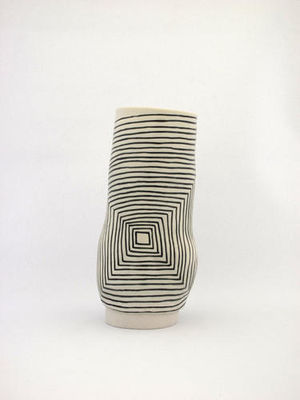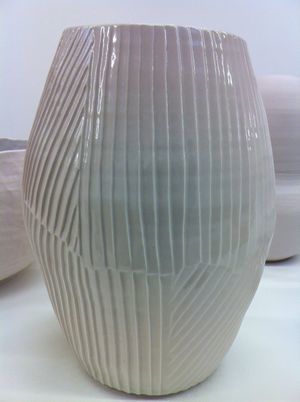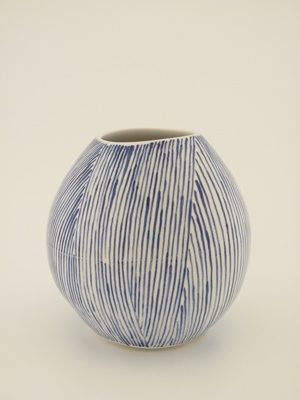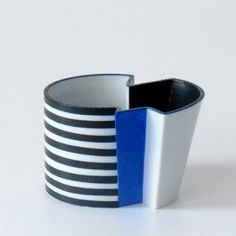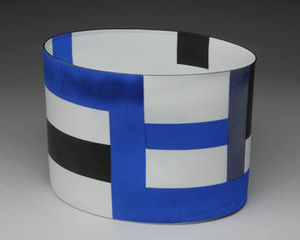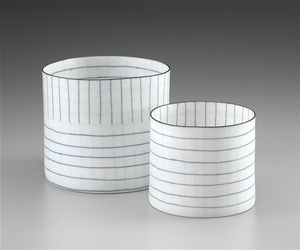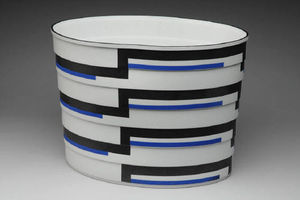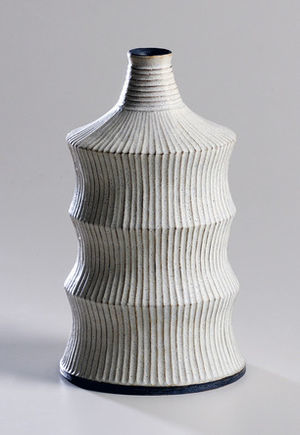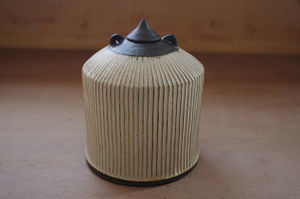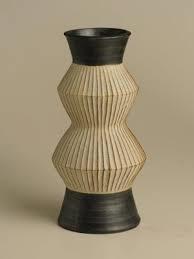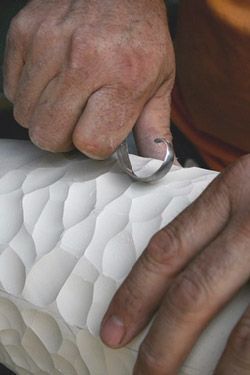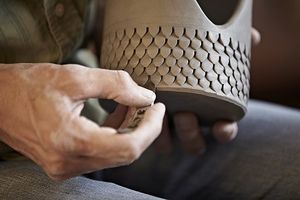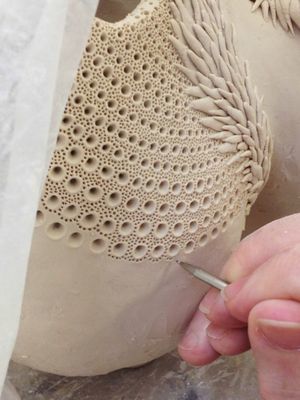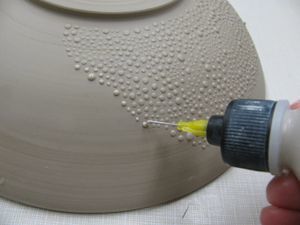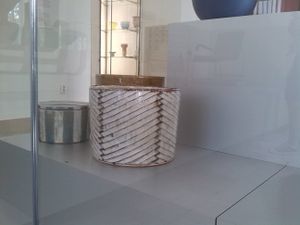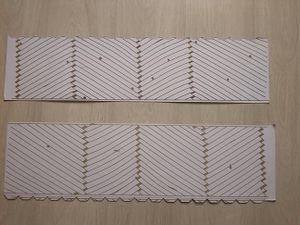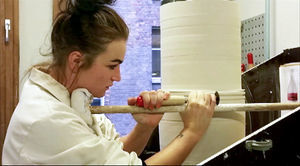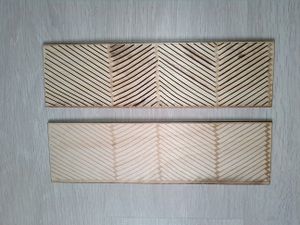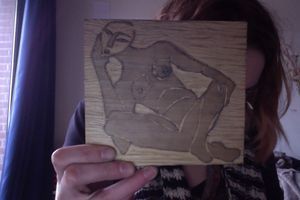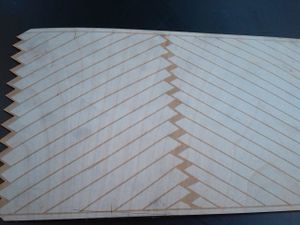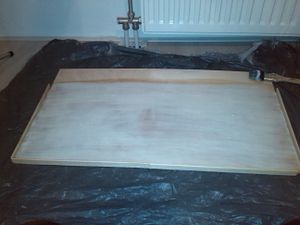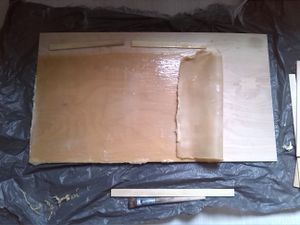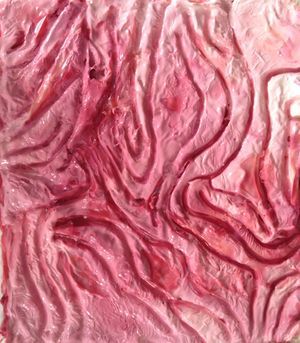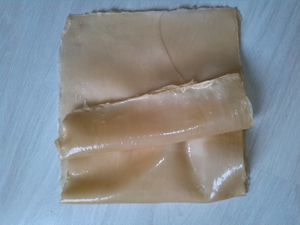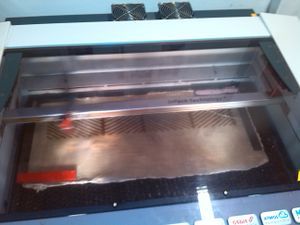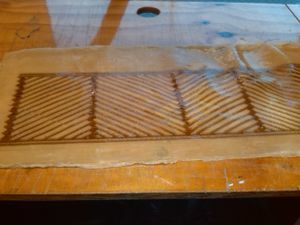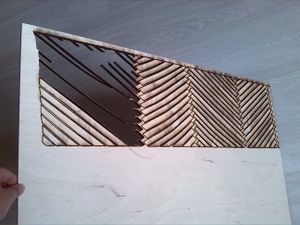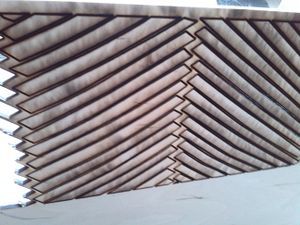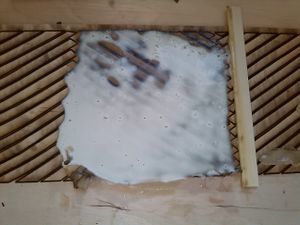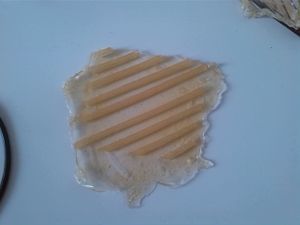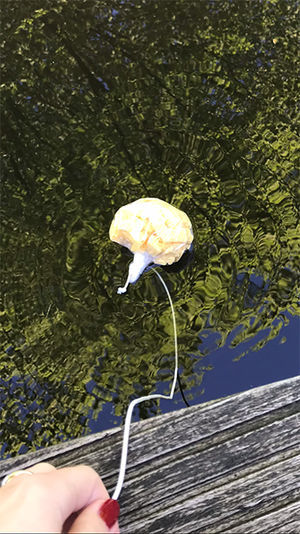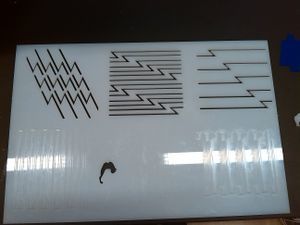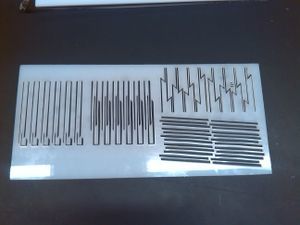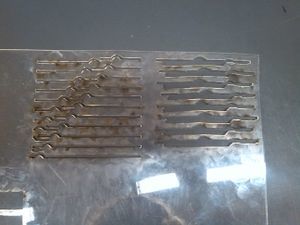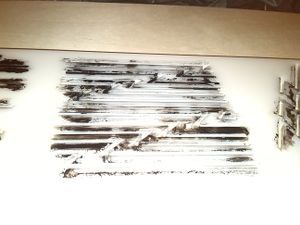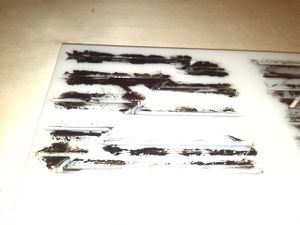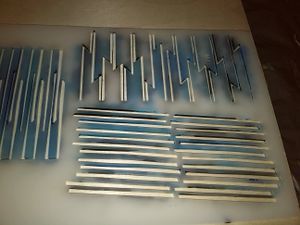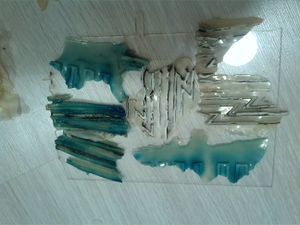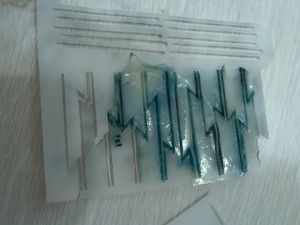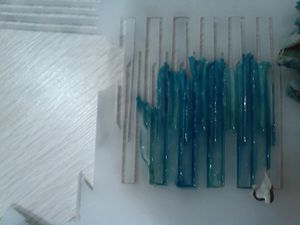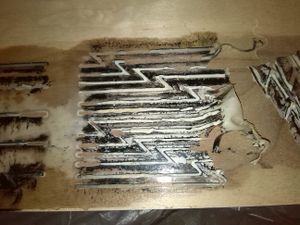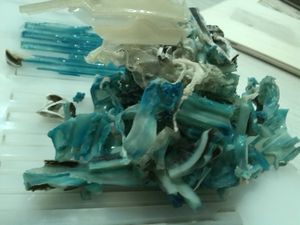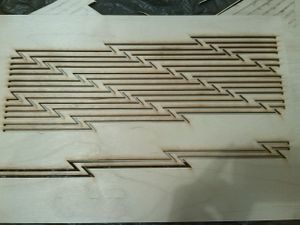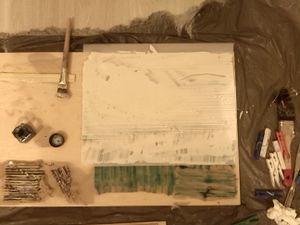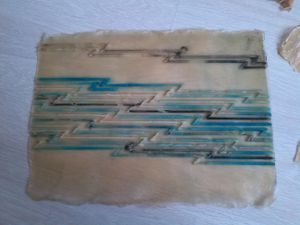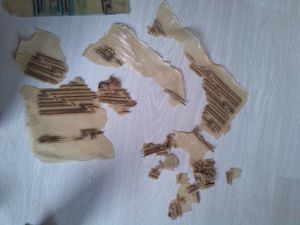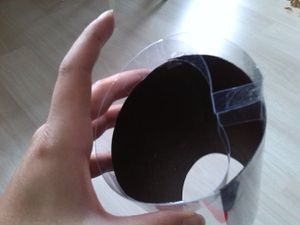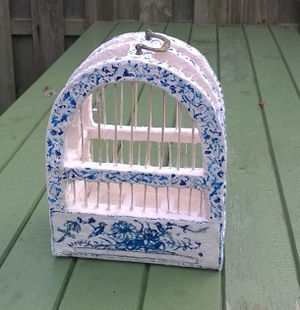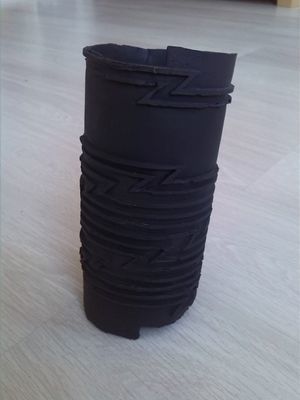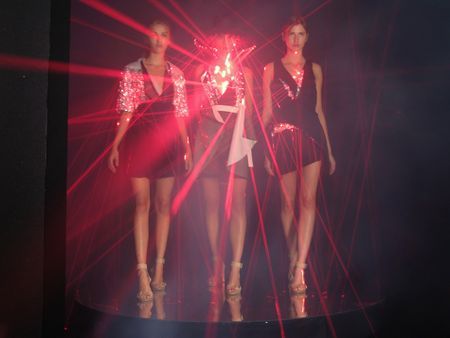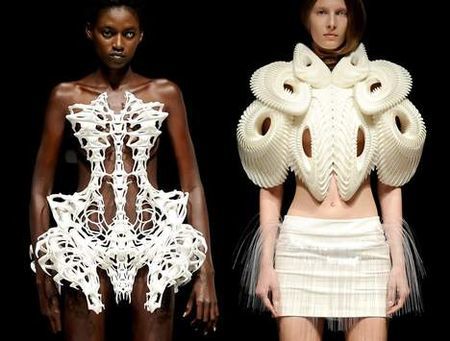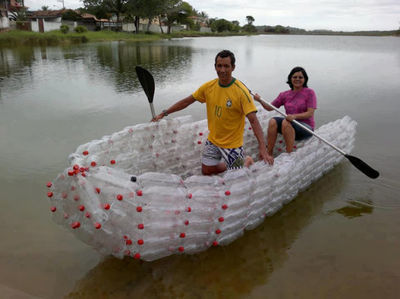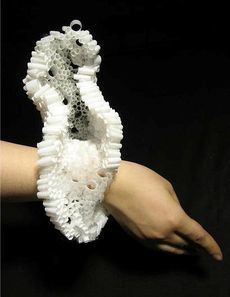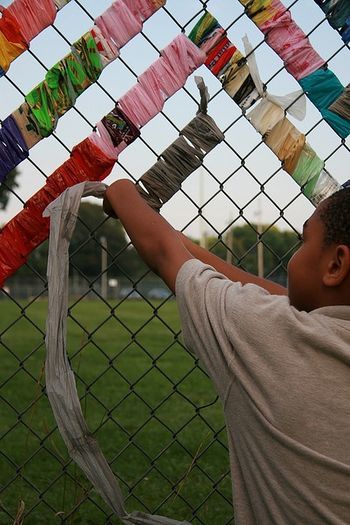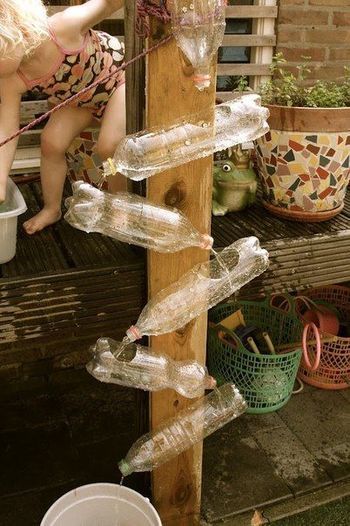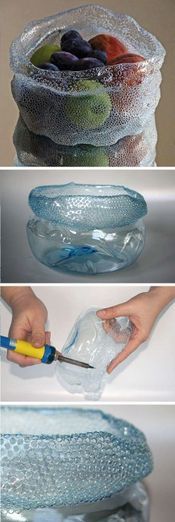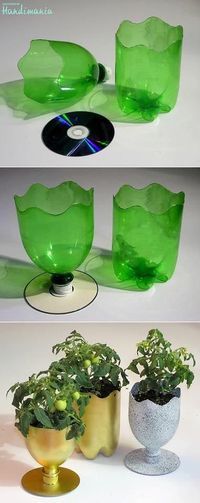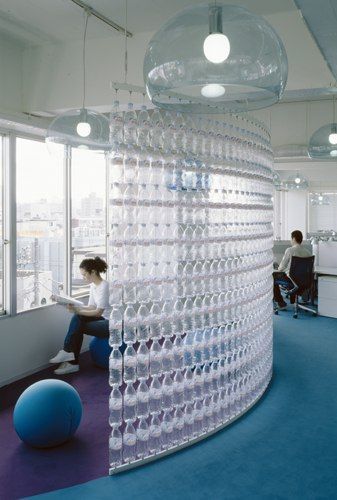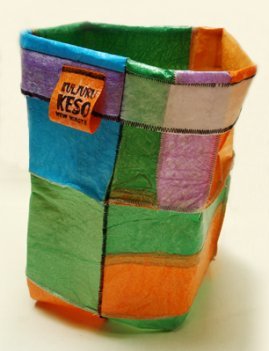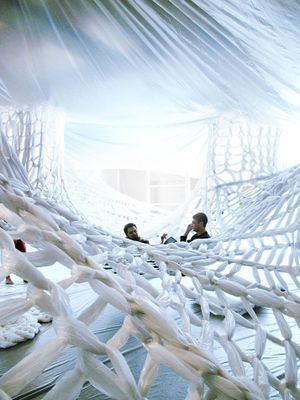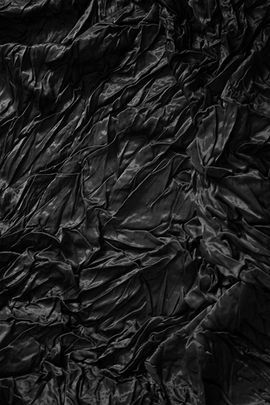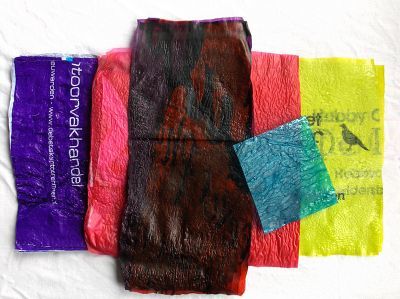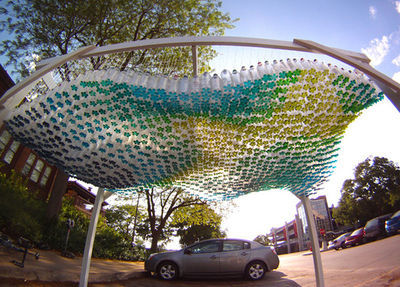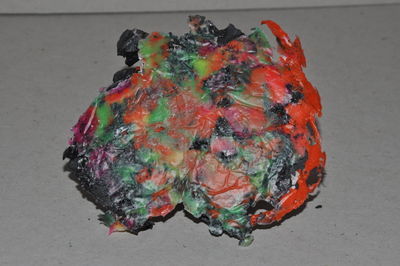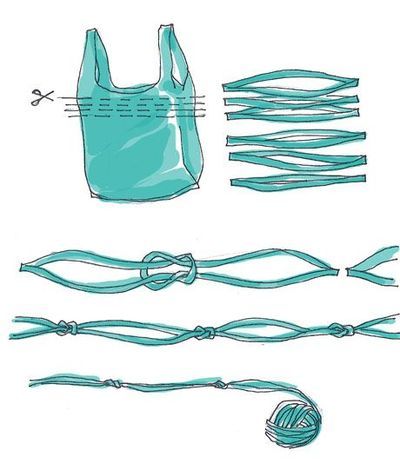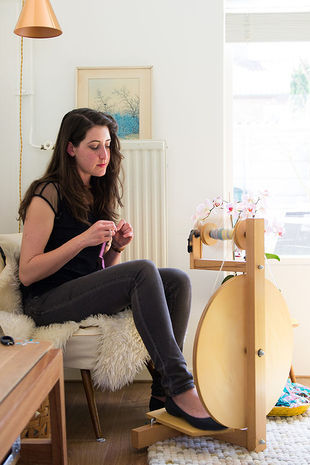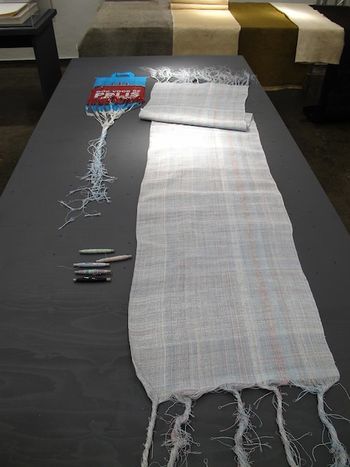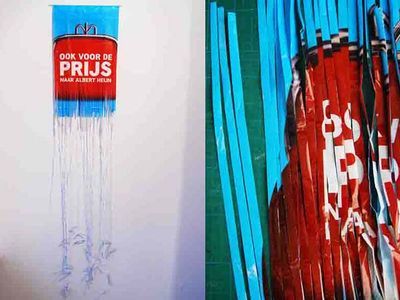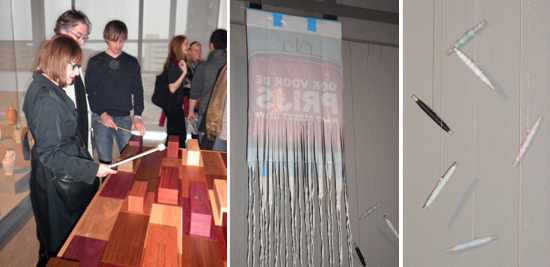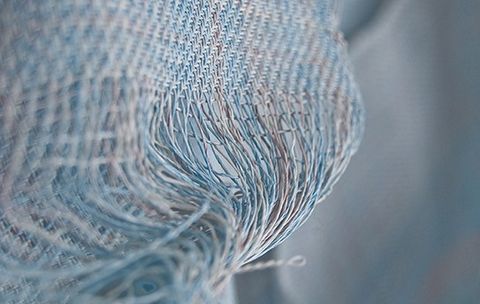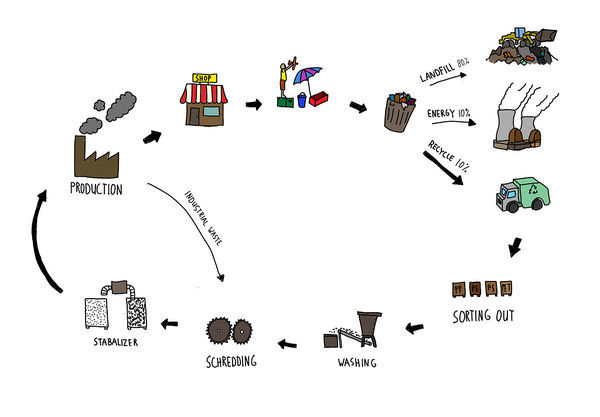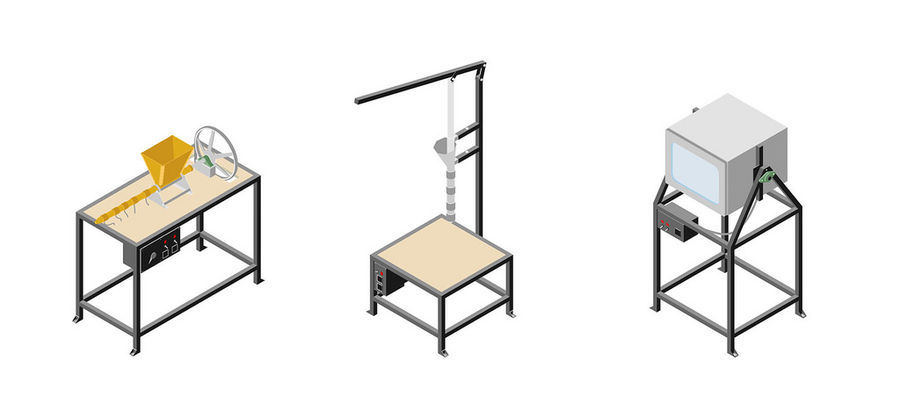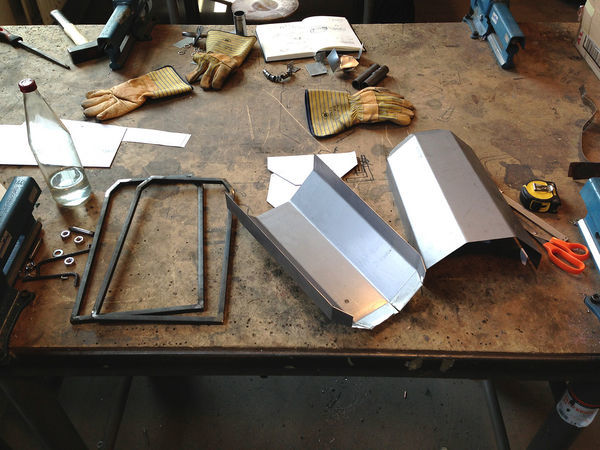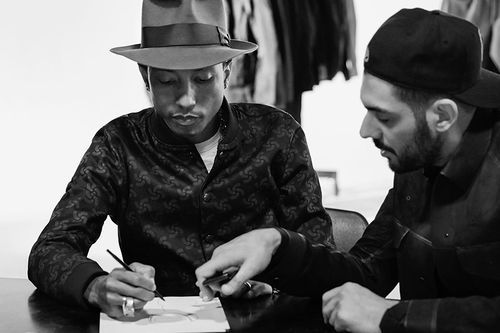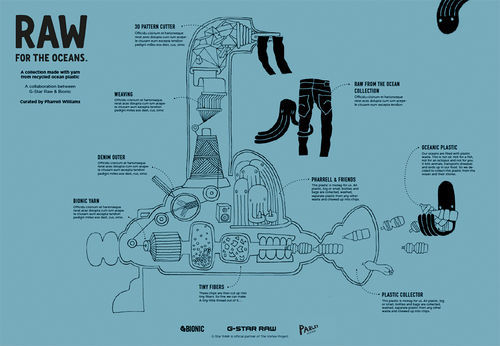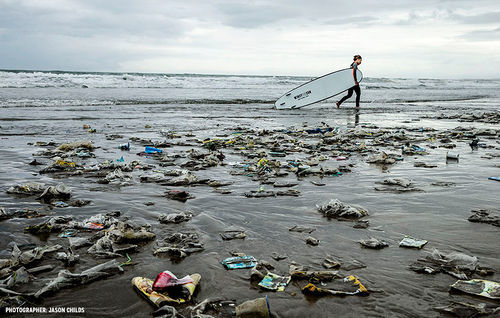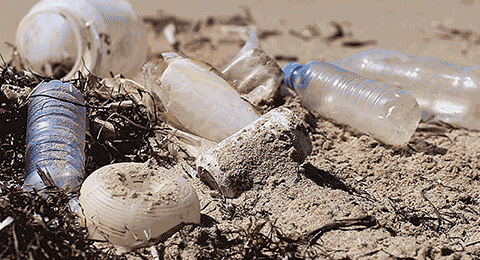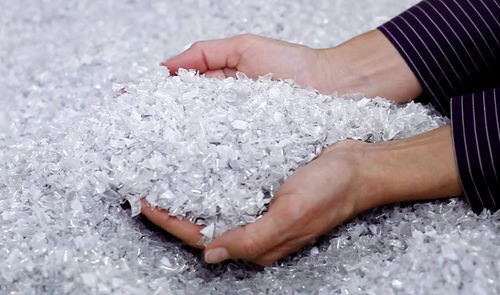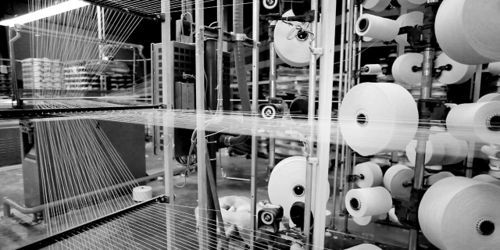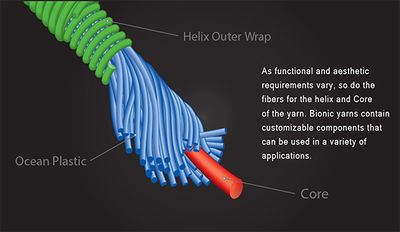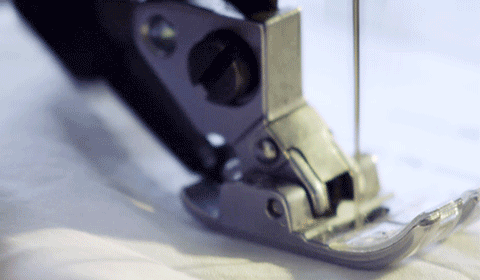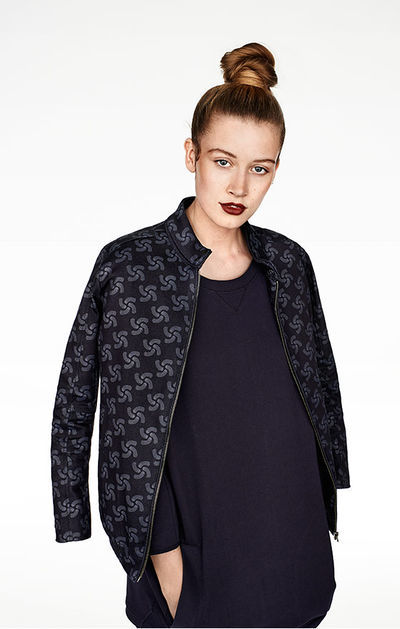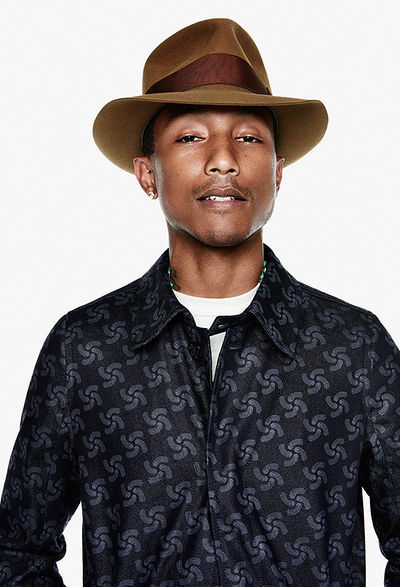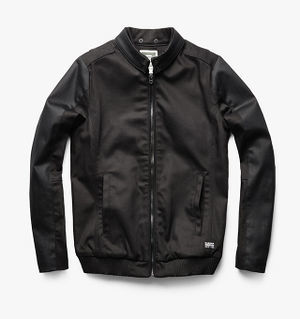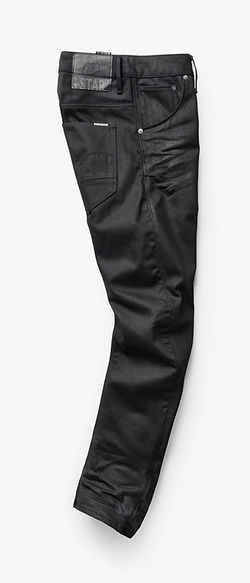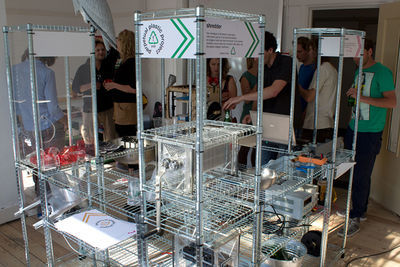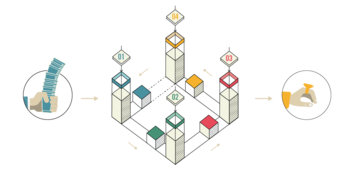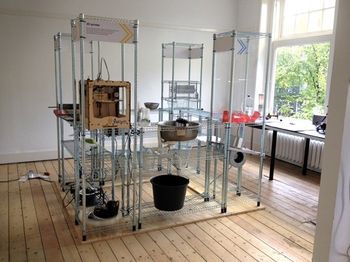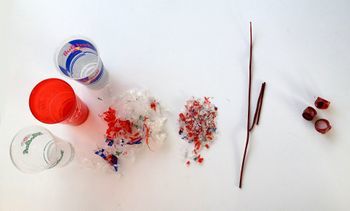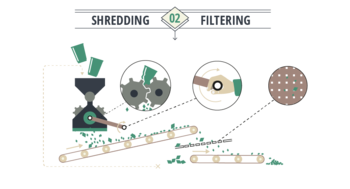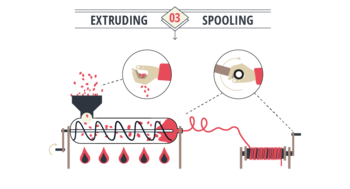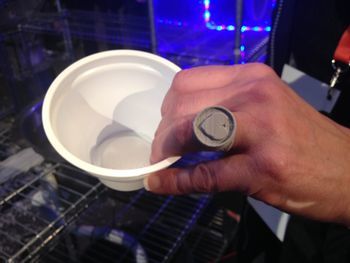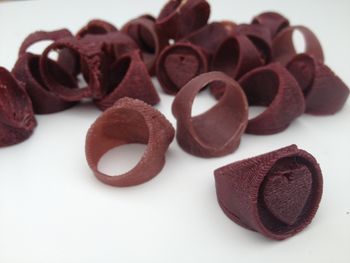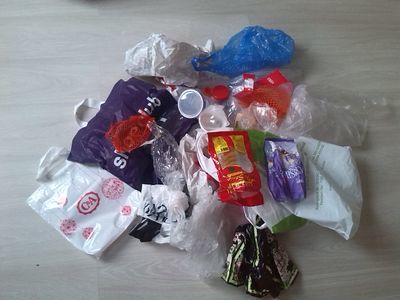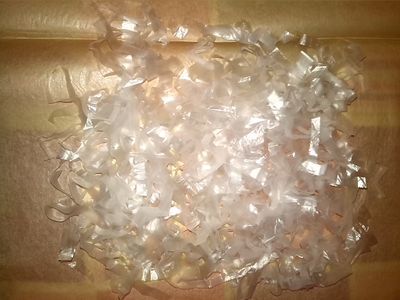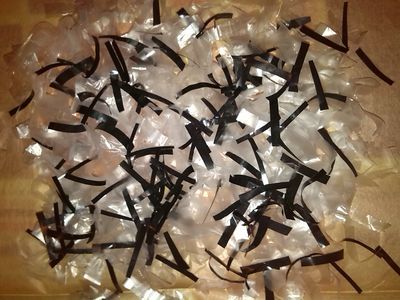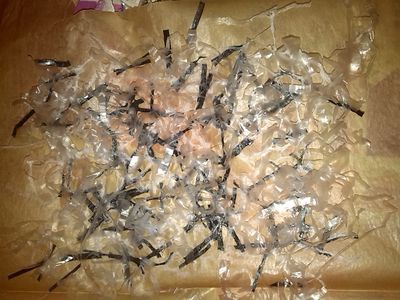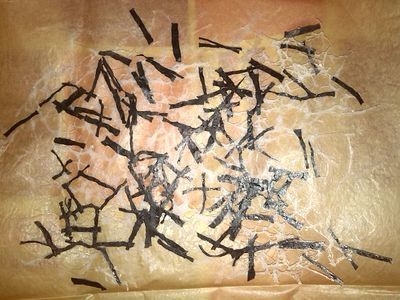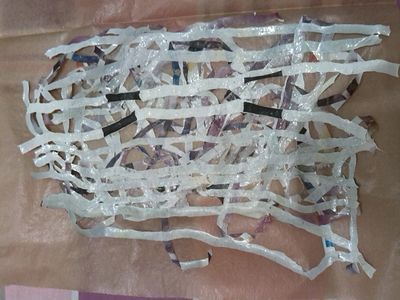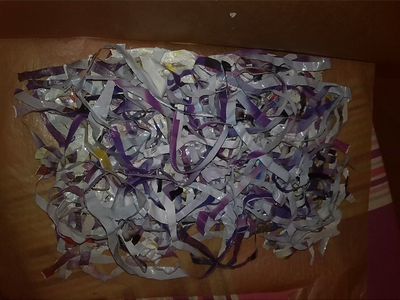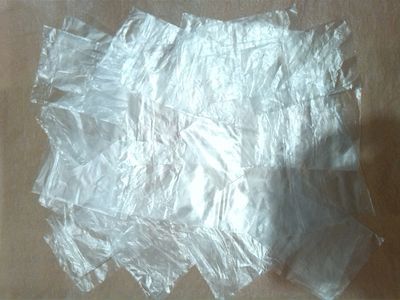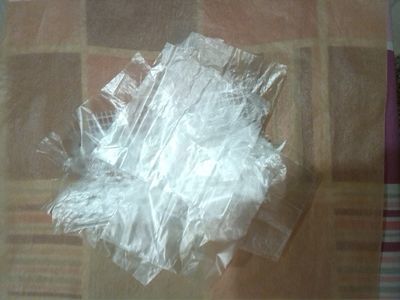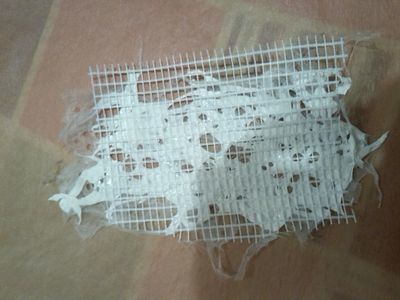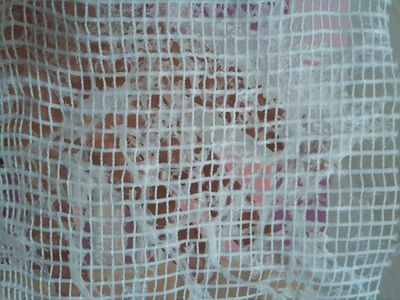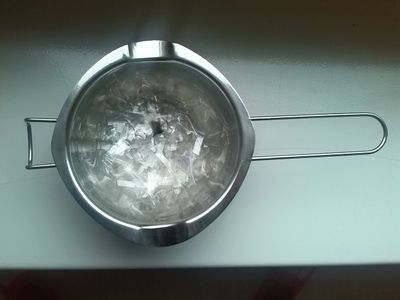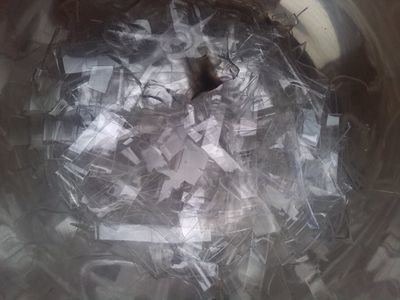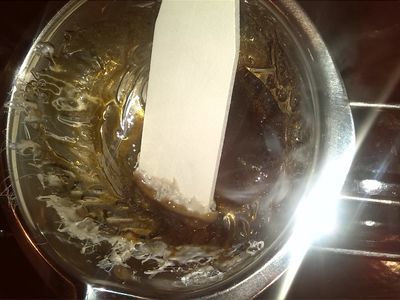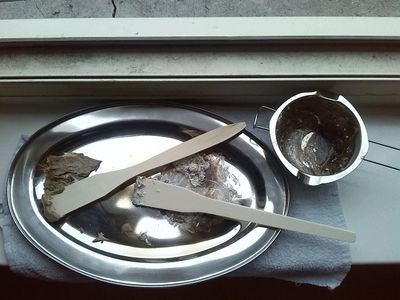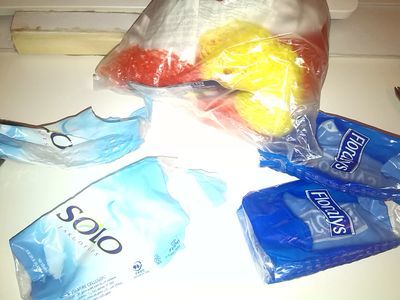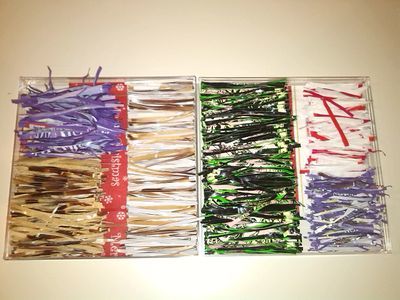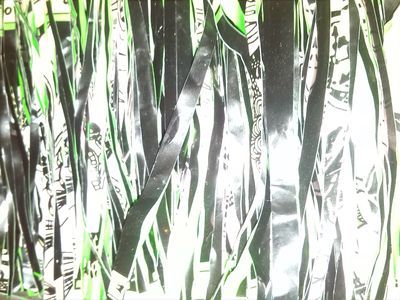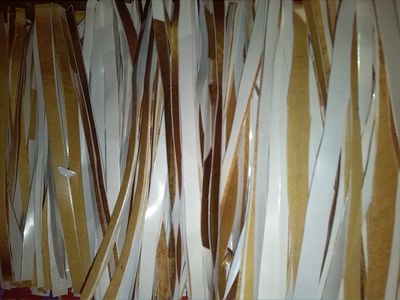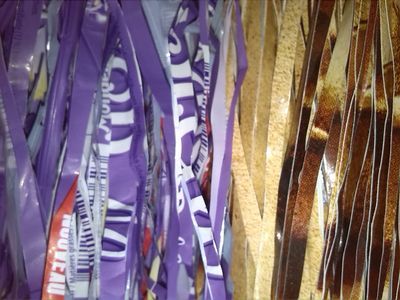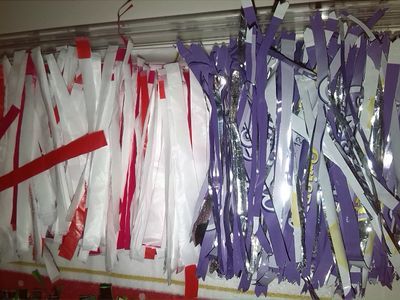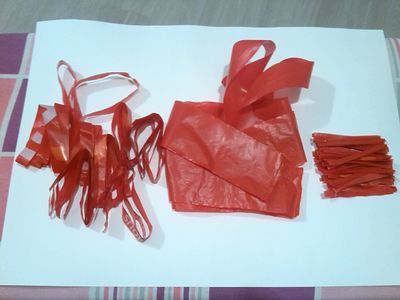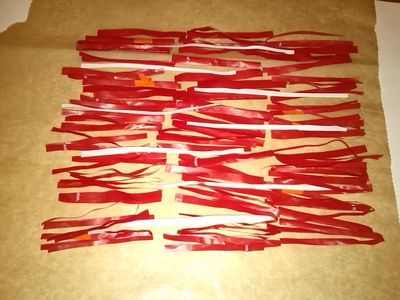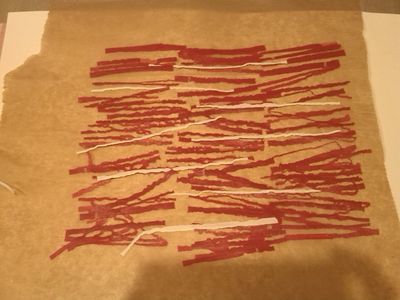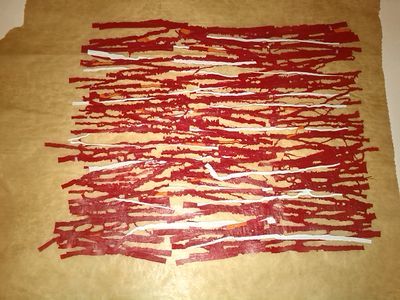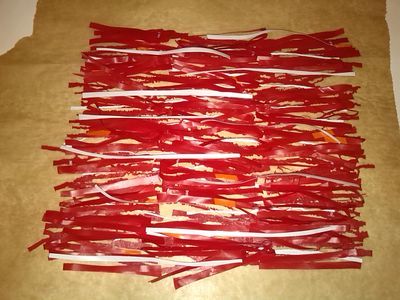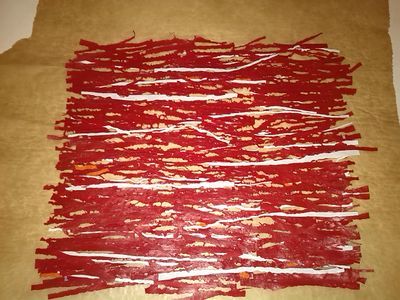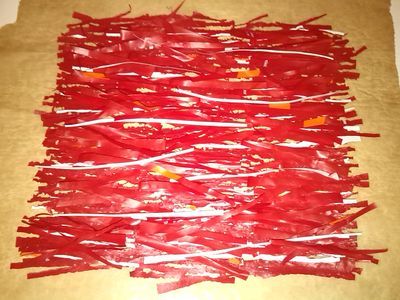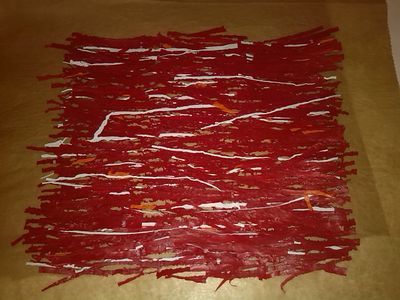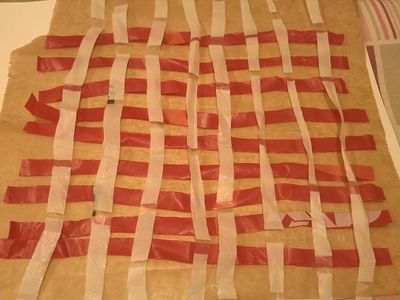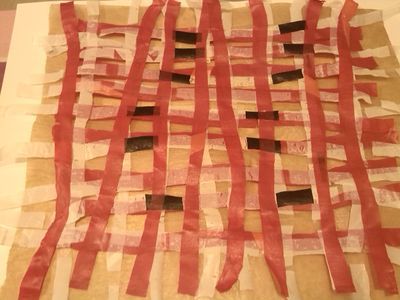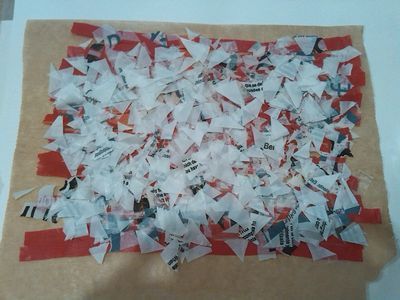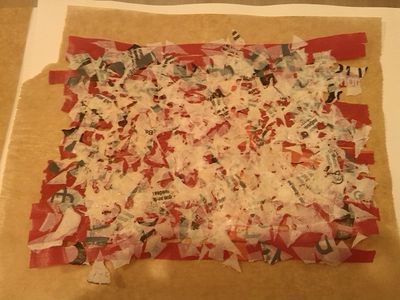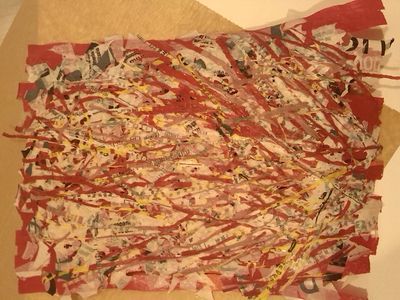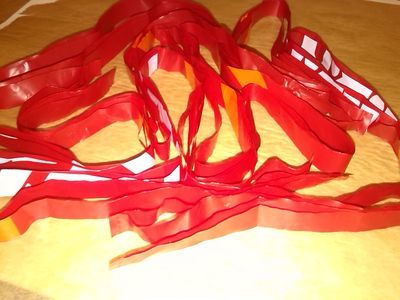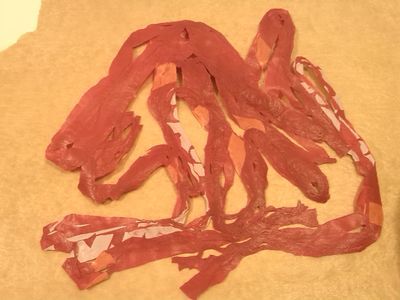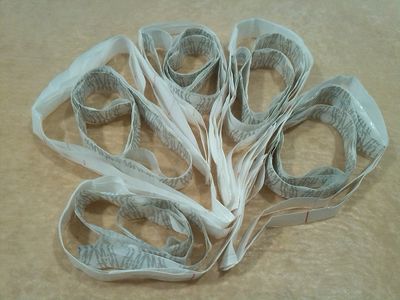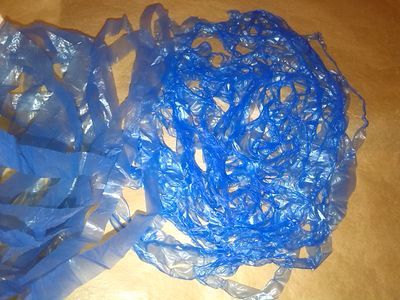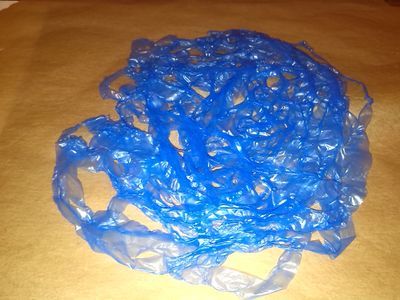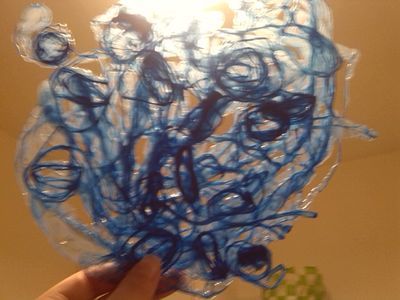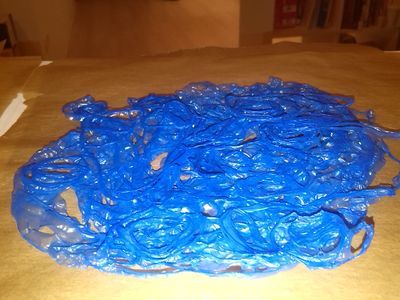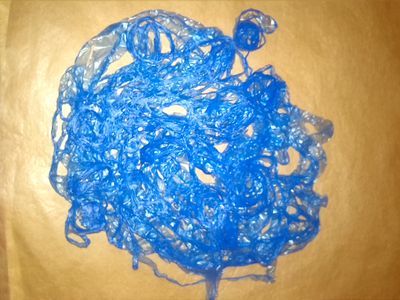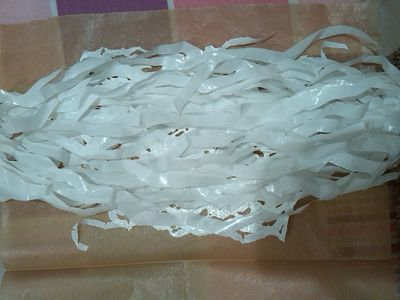Difference between revisions of "User:Shushanik-moutafian"
| Line 224: | Line 224: | ||
Symbool kunststof recycling Symbool kunststof recycling | Symbool kunststof recycling Symbool kunststof recycling | ||
De kunststoffenindustrie heeft een coderingssysteem dat recyclers helpt bij het sorteren van kunststofproducten. Middels het systeem zijn 7 kunststofsoorten te herkennen. Het nummer verwijst naar het soort kunststof waaruit de verpakking is gemaakt. Het symbool is bedoeld voor recyclingbedrijven. De nummers staan voor de volgende kunststoffen: | De kunststoffenindustrie heeft een coderingssysteem dat recyclers helpt bij het sorteren van kunststofproducten. Middels het systeem zijn 7 kunststofsoorten te herkennen. Het nummer verwijst naar het soort kunststof waaruit de verpakking is gemaakt. Het symbool is bedoeld voor recyclingbedrijven. De nummers staan voor de volgende kunststoffen: | ||
| + | |||
| + | |||
1 = Polyethyleentereftalaat (PET) - oa PET flesjes; | 1 = Polyethyleentereftalaat (PET) - oa PET flesjes; | ||
Revision as of 13:38, 15 January 2015
Shushanik-Moutafian
Contents
- 1 Object from the Boijman
- 2 Research: Gertrud Vasegaard
- 3 More work of Gertrud Vasegaard What I found interesting
- 4 Ceramics
- 5 Process
- 6 1000 words written Assignment
- 7 Tools of the Trade
- 8 Used plastic
- 9 Other artist - Michelle Baggerman
- 10 - Dave Hakkens
- 11 - G-star RAW collaborations with Pharrell Williams as creative director of bionic yarn
- 12 - Perpetual Plastic Project
- 13 Own samples
- 14 Tools of the Trade
Object from the Boijman
Gertrud Vasegaard,Ronne 1913 - 2007
Kom, 1974
Steengoed, glazuur
Research: Gertrud Vasegaard
Gertrud Vasegaard is the great Danish ceramist of the 20th Century. In Denmark she was recognised again and again and awarded many prizes. Privately she lived a very quiet life, like a Zen-Buddhist, from 1969 alone, together with her daughter the ceramist Myre Vasegaard (1936-2006). Her art, however, was just as generous and subtle as her daily life was austere and modest. Her ceramic work an art pure and strong – equals a level as high as that of Lucie Rie and Hans Coper.
Bowls, vessels and other traditional forms created by Gertrud Vasegaard in stoneware, with such personal integrity and magnetism, make the surrounding rooms vibrate with their own emptiness. Her works just stand there – mild and majestic – with great serenity. But a unique work of Gertrud Vasegaard only reveals its subtle depths slowly. There is a greatness and nobility embedded in the simple, sophisticated, and textural. Form, decoration, body and glaze always unite, giving each piece a silent, warm mental plenitude. No loudness is to be registered, only dynamic rest – like "a Chinese jar still moves perpetually in its stillness" (T.S. Eliot). Each piece stands tangible, down-to-earth, the stoneware mass can be felt in such a way that the textural effect of the material comes into its own. Decorations might look as simple ornaments, engraved, painted, or pressed in contrasting colours, but in fact they are part of her artistic way of celebrating our existence. She was no ceramic rebel; but a master of the craft and an artist who was also a poet. Art is the craft of the mind. The art of Gertrud Vasegaard is obviously connected to the abstract movements of the visual art of the 20th Century, but it is also of a timeless character.
Her works reflect the light, almost dancing with it, but never absorbing it. Gentle tones of grey and white, however the works are never monochrome. Her restricted palette has delicate modulations of umbers, siennas, whites, greens, greys and blues – not unlike the works of the famous Danish painter Vilhelm Hammershøi. Gertrud Vasegaard wanted light to reflect an openness and spiritual feeling of benevolence. Technically, she achieved triumphs in making lightly crackled glaze that shine – almost like the famous “Ru ware” from the Northern Song Dynasty made between the years 1086-1106.
Her use of lines is special too. The visual movement is upwards. Abstract triangles, quadrangles, spirals, stripes, and rectangles are seen on her forms in perfect harmony. She actually has made the use of the line a speciality in Danish ceramics, using the line as controlled energy and a formative element in the individual work. Form and decoration melting together in a unique way. Lines bring elements together: base and top, the movement of the eye and the three-dimensional form. The "kumme" form has been one of her most innovative ceramic cylinder forms with upward moving lines – giving a stronger sense the "turning" of the cylinder. However, they are also part of a story of well organized "dividual" lines. Giving a spiritual expression to each piece of work, dividual and individual elements, are interconnected in a way that recalls the work of Paul Klee.
Even Anita Besson was not able, years ago, to convince Gertrud Vasegaard of the fruitfulness of a solo show abroad. That is why this exhibition is something special. Gertrud Vasegaard wanted to concentrate on making new bowls, vessels and her masterful "kumme" cylinders. It is only now that we can get a full evaluation of the unique strength and importance of her achievements. During her lifetime only one retrospective exhibition was to be organized in the Danish Museum of Art & Design (Kunstindustrimuseet) in Copenhagen in 1984, followed by Stockholm and Holstebro. Some of her most beautiful and important pieces were made after this exhibition and have yet to be widely seen.
In the summer of 2011 a second retrospective will take place at the "Holstebro Kunstmuseum" and at the "Bornholm Kunstmuseum" in Denmark. She is represented in public and private collections in many countries. Although she participated in the international breakthrough of “Danish Design” during the 1950s and 1960s and became known worldwide inside the craft world, she never wanted to look for international reputation and honour. However, more than just being seen as a member of a local craft movement, she should be recognised as a great artist.
Gertrud Vasegaard had a meditative way of working and living, with warmth and humanity at its core. No wonder, she also had an objection to being quoted. She worked as a ceramist from the 1930s till the beginning of the 21st Century. Many of her most important works were shown at the "Martsudstillingen", an exclusive group of fine artists with whom she exhibited from 1969 to 1982, and later at "Den Frie", in "Clausens Kunsthandel" in Copenhagen and in "Galleri Profilen" in Aarhus. The quality of her work was steadily improving until she stopped working in 2003.
In a masterly manner Gertrud Vasegaard has used colours, clear forms and lines, and simple but subtle decorations to create the greatness of silence, a suspending of time; yet her works seem pregnant with the potential of endless becoming.
2/24 February 2011
Henning Jørgensen
Professor (in political science) at Aalborg University, Denmark. Author of Danish Art History from 1930 to 1995, and a forth coming biography of Gertrud Vasegaard.
Source: link= http://www.galeriebesson.co.uk/exhibitions.html
More work of Gertrud Vasegaard What I found interesting
Dish with brown decoration, 1990, 8x35.5cm
Lidded pot, 1986, 20x25cm
White bowl with basketwork in brown, c. 1978, stoneware, 11.6x18cm
Hexagonal 'Kumme' pot, yellow and white decoration, 1990, 22.2x13cm
Large bowl, white with brown bands, 1976, 15.5x43cm
Skål. 1978
Cylinder Pot. 1999,Wheel-thrown, scratched pattern, glazed stoneware, 26,5 cm (height), 29,5 cm (diameter)
Ceramics
Shio Kusaka
Bodil Manz
Akio Nukaga
Process
The reason that I chose for Gertrud Vasegaard was, when I was looking at it in the museum from the distance I had the Imagination that the stripes were more 3d. When I came closer I saw the stripes we're just flat. That was an interesting thought and made me realise that I wanted to continue with the vase. Not knowing what I was going to do with it, but it felt good and that's enough. I did some research about the thought behind the vases that Gertrud Vasegaard made. Decorations might look as simple ornaments, engraved, painted, or pressed in contrasting colours, but in fact they are part of her artistic way of celebrating our existence. Her use of lines is special too. The visual movement is upwards. Abstract triangles, quadrangles, spirals, stripes, and rectangles are seen on her forms in perfect harmony. She actually has made the use of the line a speciality in Danish ceramics, using the line as controlled energy and a formative element in the individual work. Form and decoration melting together in a unique way. This was very interesting for me to work with it,I wanted to use her way of thinking and try to translate my way of celebrating our existence and use the lines as controlled energy. For the first sample I went first to the museum to make more pictures and made some notes to make it more clear for me. For the copy I wanted to work with the laser cutter, because I did once an sample for the laser cutter but I didn't had the chance to use it. So this was the perfect opportunity to work with it and found out what is possible. For the copy I made an Illustrator file, an copy of the print from the vase. I engrave the print on paper, wood, made some samples. From there I continue my journey to make an perfect copy of my object.
Here I have some pictures of my progress making a perfect copy
1000 words written Assignment
As a fashion designer I do not only design clothing but I also make them. I think it is very important that beside designing some sketches I have to know how to make it. So I go thru the whole process and figure out what works and what not. I work from a concept because I think it makes the design stronger and more interesting. What I like about creating a design, it doesn't have to be wearable, there are no rules, it can be everything. The tools that I use for creating things are sewing machine, lock machine, presser, steamer and adobe programma’s. What you notice, there is not much of new technologie that I have been using. I want to change this, because I am interested in the new technology but didn't had the time to work with it. The last few years I have been interested by working with unusable materials for clothing and go on the challenge and make them usable. The materials that I am interested in are more like plastic materials. One of the designers that I admire is Maison Martin Margiela, I am very interested in his way of thinking, the silhouette choices, materials and many many more. He is also using a lot unusable materials in clothing and make them usable or design clothing out of recycled objects. From the very first beginning of his career he was one of the most innovative designers, rethinking patterns, materials using and putting things in a different context which made people thinking.
As a designer from this century I get in touch with all kind of new technology and possibilities. It is very inspiring and makes me thinking how I can use it and get the benefited out of it.
Two designers that I like are using new technology, Hussein Chalayan and Iris van Herpen. Hussein Chalayan is one of the most innovative, experimental and conceptual fashion designers. He blurred the line between art and fashion. By using new technology he designed a dress with Swarovski crystals that either deflect the lasers, or take in their light, depending on the angle of the laser. This is just one sample of many that he designed. I see Chalayan as an inspiring designer, by looking at his work I see how much more there is possible.
Iris van Herpen makes sculptural design that represent art and fashion.The last few year she used a lot 3D printed sculptures dresses. It is very interesting how she presented it in to fashion. By seeing that, I knew this is just the beginning of something big. We already use a lot 3D printed objects, I think in future we are gonna print our clothing home. Everyone is gonna have their own 3D printers. There is going be all kind of materials that is similar to textile.
Linker: Hussein Chalayan laser dresses
Rechter: Iris van Herpen
The new technologie where I am interested in is, the 3D printer and laser cutter. I want to work with it and learn how I can make it a tool to create things. To combine craft with new technology, for sample, make a big piece of textile that is built up with small pieces of laser cut parts or 3D printed pieces. I think if you combine them together, you will get amazing things out of it. There are so many more things where we can think about, for sample, instead of using normal buttons why we don’t 3D print them. By thinking how to control the laser cutter/ 3D printer as a tool to create something, it is a different angle where I get more and more ideas out of it. By using the laser cutter for the first assignment I noticed how quick I got my idea in my hand. At some point I could control the laser cutter how I wanted and to combine it with the material it was all teamwork. I couldn't get the result what I had separately which is an interesting thing to think about. During my minor I want to push this to the next level, these are things that I have been thinking about for long time. I am also open minded to other things beside laser cutter and 3D printer, these are first things that I had in mind.
As a fashion designer I don't want to be a regular designer. I want to specialize myself in creating textiles, new techniques in combination with new technology. I want to show to the outside world how much more there is possible by creating new things. What I see is happening in the fashion, the silhouettes are getting more and more simple, it is all about the textile and texture. That is the thing what is makes the design special, simplicity but still special. It is the one or the other. Be creative in doing with less and create something big out of it.
In the final end I want to be a innovative designer, like how Maison Martin Margiela did during his career but than in my own way.
Tools of the Trade
What is plastic?
plastic I het plastic zelfst.naamw.Uitspraak: [ˈplɛstɪk] uit aardolie gemaakt materiaal Voorbeeld: `Het lijkt wel marmer, maar het is een hard soort plastic.`Synoniemen: kunststof, plastiek II plastic bijv.naamw.Uitspraak: [ˈplɛstɪk] Gevonden op http://www.woorden.org/woord/plastic
A plastic material is any of a wide range of synthetic or semi-synthetic organic solids that are malleable. Plastics are typically organic polymers of high molecular mass, but they often contain other substances. They are usually synthetic, most commonly derived from petrochemicals, but many are partially natural.[2]
Due to their relatively low cost, ease of manufacture, versatility, and imperviousness to water, plastics are used in an enormous and expanding range of products, from paper clips to spaceships. They have already displaced many traditional materials, such as wood, stone, horn and bone, leather, paper, metal, glass, and ceramic, in most of their former uses. In developed countries, about a third of plastic is used in packaging and another third in buildings such as piping used in plumbing or vinyl siding.[3] Other uses include automobiles (up to 20% plastic[3]), furniture, and toys.[3] In the developing world, the ratios may be different - for example, reportedly 42% of India's consumption is used in packaging.....http://en.wikipedia.org/wiki/Plastic
Common plastics and uses
Polyester (PES) – Fibers, textiles.
Polyethylene terephthalate (PET) – Carbonated drinks bottles, peanut butter jars, plastic film, microwavable packaging.
Polyethylene (PE) – Wide range of inexpensive uses including supermarket bags, plastic bottles.
High-density polyethylene (HDPE) – Detergent bottles, milk jugs, and molded plastic cases.
Polyvinyl chloride (PVC) – Plumbing pipes and guttering, shower curtains, window frames, flooring.
Polyvinylidene chloride (PVDC) (Saran) – Food packaging.
Low-density polyethylene (LDPE) – Outdoor furniture, siding, floor tiles, shower curtains, clamshell packaging.
Polypropylene (PP) – Bottle caps, drinking straws, yogurt containers, appliances, car fenders (bumpers), plastic pressure pipe systems.
Polystyrene (PS) – Packaging foam/"peanuts", food containers, plastic tableware, disposable cups, plates, cutlery, CD and cassette boxes.
High impact polystyrene (HIPS) -: Refrigerator liners, food packaging, vending cups.
Polyamides (PA) (Nylons) – Fibers, toothbrush bristles, tubing, fishing line, low strength machine parts: under-the-hood car engine parts or gun frames.
Acrylonitrile butadiene styrene (ABS) – Electronic equipment cases (e.g., computer monitors, printers, keyboards), drainage pipe.
Polyethylene/Acrylonitrile Butadiene Styrene (PE/ABS) – A slippery blend of PE and ABS used in low-duty dry bearings.
Polycarbonate (PC) – Compact discs, eyeglasses, riot shields, security windows, traffic lights, lenses.
Polycarbonate/Acrylonitrile Butadiene Styrene (PC/ABS) – A blend of PC and ABS that creates a stronger plastic. Used in car interior and exterior parts, and mobile phone bodies.
Polyurethanes (PU) – Cushioning foams, thermal insulation foams, surface coatings, printing rollers (Currently 6th or 7th most commonly used plastic material, for instance the most commonly used plastic in cars) http://en.wikipedia.org/wiki/Plastic
Types of plastic
Symbool kunststof recycling Symbool kunststof recycling De kunststoffenindustrie heeft een coderingssysteem dat recyclers helpt bij het sorteren van kunststofproducten. Middels het systeem zijn 7 kunststofsoorten te herkennen. Het nummer verwijst naar het soort kunststof waaruit de verpakking is gemaakt. Het symbool is bedoeld voor recyclingbedrijven. De nummers staan voor de volgende kunststoffen:
1 = Polyethyleentereftalaat (PET) - oa PET flesjes;
2 = HogeDichtheidPolyethyleen (PE-HD) - oa plastic containers, pijpen;
3 = Polyvinylchloride (PVC) - oa rioleringspijpen, kunststof kozijnen;
4 = LageDichtheidPolyethyleen (PE-LD) - oa huishoudfolie, krimpfolie;
5 = Polypropyleen (PP) - oa plastic meubelen, jerrycans, auto onderdelen;
6 = Polystyreen (PS) - oa wegwerp bekertjes, frietbakjes;
7 = Overige kunststoffen en gemixte kunststoffen.
http://www.recyclingplatform.nl/content/symbolen
http://nl.wikipedia.org/wiki/Recyclingcode
http://blog.greenjump.nl/post/2010/10/10/Plastic-nummer-1-7-PET-HDPE-PVC-LDPE-PP-PS-PC.aspx
http://www.h2no.org/plastic_recycling_codes.asp
Used plastic
After using the contents of plastic we don't do anything with it and doesn't have a value anymore. By re-using the plastic and making something new out of it the plastic is having an new value. By doing this, we are going to look to the same plastic in a different way. I want that it is going to be more accessible for the people.
Some samples of used plastic
This were some samples what people making from recycled plastic. What I want to found out is, how I can re-use my own recycled plastic and turn it into textile in an innovative way
Other artist - Michelle Baggerman
http://www.bureaubaggerman.nl/
Even when you always try to bring a reusable bag or a basket with you to the shops, the disposable plastic bag is a product that is hard to avoid. I researched the lifecycle of these bags and decided it could be made much longer.
The mass-produced plastic shopping bag is a cheap and disposable product, meant to be used no more than a few times before it starts tearing and becomes useless. Of course plastic can be recycled, which is good in principle because it is not exhausting natural resources, but the process of recycling itself isn't very environmentally friendly. Recycling plastic takes lots of energy, heat, chemicals, causes harmful emissions and the recycled material is always of a poorer quality than the virgin material. Better would be to extend the use of a product for as long as possible before recycling, but these plastic bags were made for short-term use and need to be discarded quickly.
My goal was to alter plastic shopping bags in a way that would extend the lifecycle of the material, to improve its negative qualities and preserve its positive qualities.
This lead to 'Precious Waste', a textile made entirely out of used plastic shopping bags that were spun into yarns and then woven. The resulting fabric forms a big contrast with the cheap, mass-produced bags it is made of. The plastic shopping bag is transformed by pure hand work into a beautiful and strong material that's suitable for making new bags with a much longer life-span, or a wide range of other purposes. No chemicals, no heat or even electricity needed. When this textile is eventually worn out it can still be recycled in the conventional way, because it is not mixed with any other material, and can then be made into a new product once again.(http://www.bureaubaggerman.nl/)
- Dave Hakkens
http://davehakkens.nl/work/precious-plastic/
Plastic is one of the most precious materials on earth. It’s lightweight, strong, easy to shape and great to recycle. But plastic is seen as a disposable and worthless material, it’s cheap, produced in enormous quantities and shipped all over the world. Of all the plastic we use just 10% is recycled. Mainly because the machines that produce plastic products are expensive, extremely complex and are used very efficient to keep costs low. Working with recycled plastic runs the risk of damaging or polluting machines, which might slow down the production process.
Plastic can easily be recycled. It needs relative low temperatures and pressures. Look around and you’ll notice plastic waste is everywhere around us. We just need to sort it and have tools to turn it into new things.This project is a set of plastic machines, developed to set up a small scale plastic workshop. The machinery is based on general industrial techniques, but designed to build yourself. The machine is easy to use and made to work with recycled plastic. Whilst this entire project is still in development, the machines are shared open source online and improved by the community.
- G-star RAW collaborations with Pharrell Williams as creative director of bionic yarn
PHARRELL WILLIAM CURATES A COLLABORATION BETWEEN BIONIC YARN AND G-STAR TO TURN OCEAN PLASTIC INTO DENIM
Pharrell Williams, Creative Director of Bionic Yarn, announces ‘RAW for the Oceans’, a long-term collaboration between denim brand G-Star RAW and Bionic Yarn. Together they launch the first collection made with recycled plastic from the oceans........ http://www.parley.tv/thevortexproject/#vortex4
RAW for the Oceans is a collaborative project that takes plastic from the world’s oceans and transforms it into innovative denim and apparel. The process of making the world’s first denim from recycled ocean plastic, explained from Step One
http://rawfortheoceans.g-star.com/#!/tagged/project/0
STEP 1: OUT OF THE OCEAN. Plastic pollution is first retreived from our oceans, and with 700 million tonnes of it out there, there is plenty to work with.
STEP 2: PIECED IN PREPARATION. The retrieved ocean plastic is broken down into chips and then shredded to fibres, ready to be spun into yarn.
STEP 3: SPINNING THE YARN. Ocean plastic fibres are spun into strong core yarn and then helixed with cotton, making Bionic® yarn.
STEP 4: WEAVING AND KNITTING. The innovation is complete with the weaving or knitting of Bionic® yarn into RAW for the Oceans fabrics.
- Perpetual Plastic Project
What if you could make almost anything from plastic waste?
http://www.perpetualplasticproject.com/#ppp1
How does it work? An interactive recycling and 3d-printing event-installation for young and old.
We throw away most of our plastic stuff and by-the-way most of that stuff is plastic packaging. Especially at events throwaway items are used to save people the trouble of cleaning up. But this makes people think plastic is worth nothing and they will just as easily throw it away in nature, which is a big problem. By letting people transform their throwaway drinking cups into 3d-printer material, people realise how valuable plastic can be. The Perpetual Plastic Project is all about showing everyone, young and old, how it's done.
The result! 3D-printed from plastic waste.
